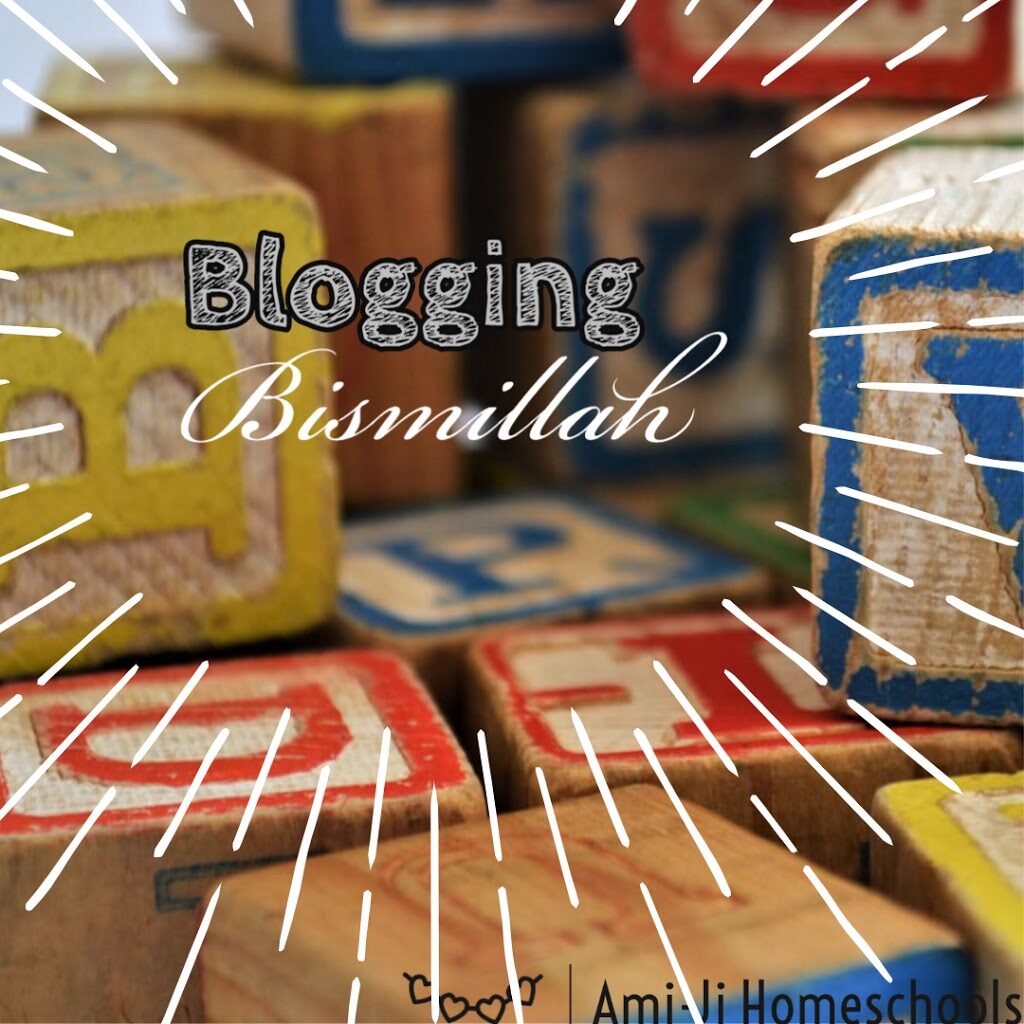Sharpened pencils with clean and crisp papers or perhaps a cute notebook with smoothly rolling pens – you know you need to set the mood for a perfect writing session following the writing process for your homeschool. You would follow the prescribed steps and urge your kids to do the prewriting step – sit tight, brainstorm and organize your thoughts. They’d moan and protest – we want the task done, why the hassle? But the homeschooling Mama knows. Her stance would not falter. Never skip the first part of the Writing Process.

And you should not. Prewriting is the foundation and the guide upon which we would create our write up.
We then move onto the next steps. Get it out in writing by drafting, revisit and revise by going over and then go for the final edits through your own self editing checklist, peer review or your mom.
But then your task is done. You’ve finished your assignment, hand it in for grading or storage in your writing folder. Onto the next task.
The Last (Often Ignored) Part
Publishing. The last part of the Writing Process seems not overly important. Publishing can even feel like a nightmare if you envision asking the children to write AGAIN (?!) on a fresh piece of paper, laminate and store.
Why the fuss?
Why can’t we just file away and get on with our task?but
But no, mama. You can’t expect to have eager writers if you are skipping the last part of the Writing Process. It’s almost making your efforts in teaching writing futile.
Why is Publishing also Important in the Writing Process
Most homeschooling mother tend to look beyond securing marks and want their children to reflect back at their homeschool when they grow up to be life long learners who are passionate about what they study. They don’t want to always just tick the box of their to-do list but create meaningful memories while they are at it. So if you want your writing lessons to be meaningful activities and a skill that sticks for life then you might want to see why publishing so important for children.

Motivation
Publishing gives your children a purpose for their write ups. Different form of publishing could also excite them about their projects.
A Personal Art
Writing is often very personal to the writers. A harsh evaluation on someone’s math or science would not offend them as much as a negative feedback on their writing. Similarly a positive review on writing is more cherished than the response any other activity. When we facilitate publishing of their projects, they are more likely to recieve encouragement to hone their writing skills.
Reading and Learning Opportunities
Children like to read their own write up. They also like to read what their peers wrote. This gives them a unique opportunity to practice reading, get ideas for trying something better next time and identify areas for growth and attention.
Inspiration
Kids often take inspiration from published texts to write their own. This is precisely why mentor texts are so vital in teaching writing. Crafting their own writings into a published work would inspire them to take on more projects and practice the art.
Value
When you prioritize publishing their writing, you show them that their writing matters. Their projects are not to be just stored away and then eventually binned but rather worthy enough to be shared and published. You give them value and confidence in their abilities.
How to Publish?
I hear you thinking, I won’t be finding any literary agents or publishers looking forward to what my little one wrote! How exactly do we publish for young writers?
Let’s simplify the process: literally to publish means to prepare and issue for public sale, distribution, or readership.
Keeping that in mind, here a few doable ways to prepare your children’s writing project for publication:

- Type, Print and Laminate
- Mail it to their friends, grandparents or anyone you feel would be interested.
- Frame and Display
- Make it a gift
- Send it to a children’s magazine or newsletter. Kidsable Magazine is a magazine featuring projects of homeschooling children. Check it out.
- Give their stories a cover, print and place it in your homeschool library
- Arrange a Book Launch Day or Writing Display Day to invite friends and family to share their project with some fun and games
- Read/record aloud virtually or in person
- Make a blog online dedicated to share the children’s writing journey. It must be something they could see being updated.
- Give their work an edit and even upload in on Kindle unlimited for free.
Do you have any more ideas to publish young writers? Let me know in the comments below.




 Protected by Patchstack
Protected by Patchstack